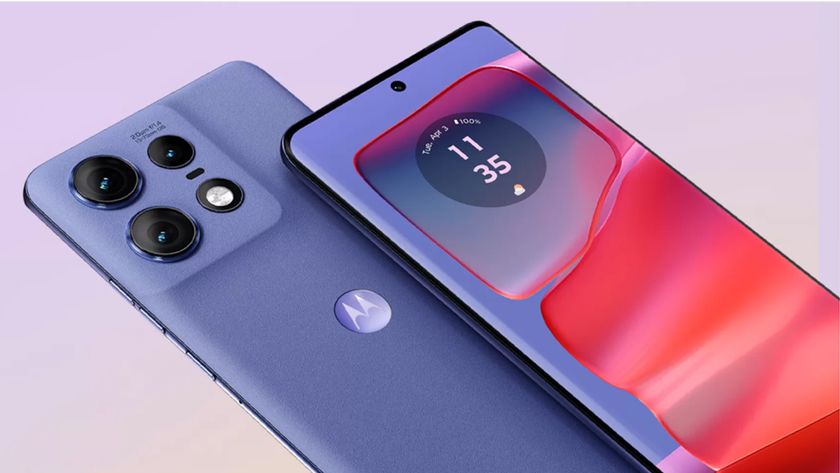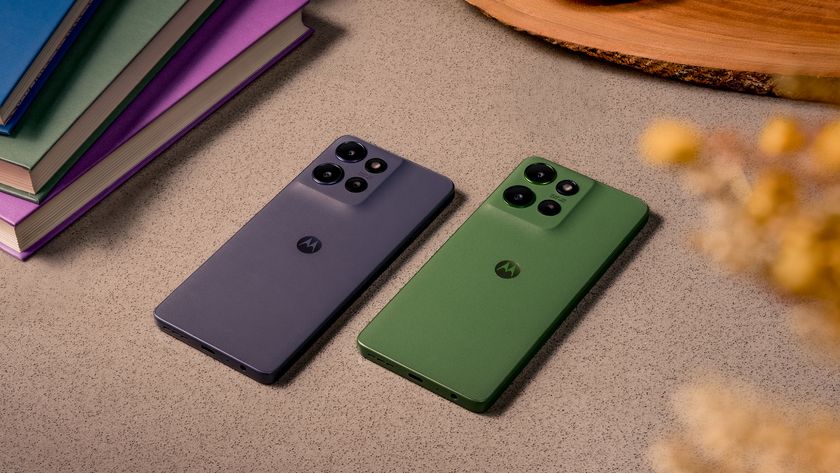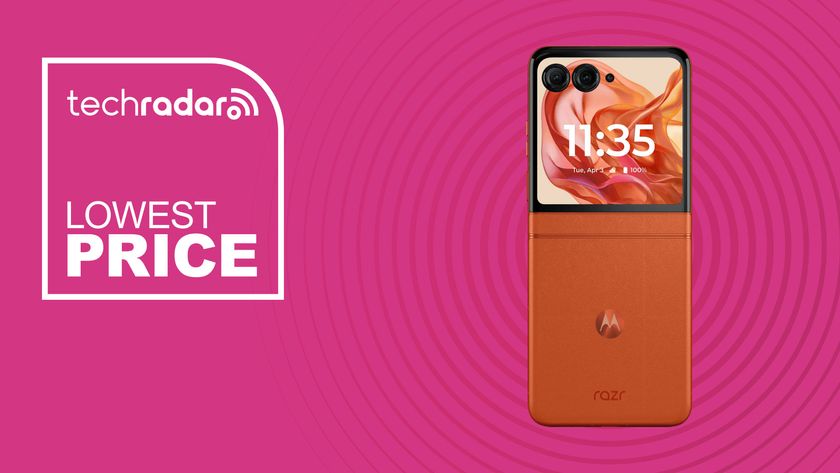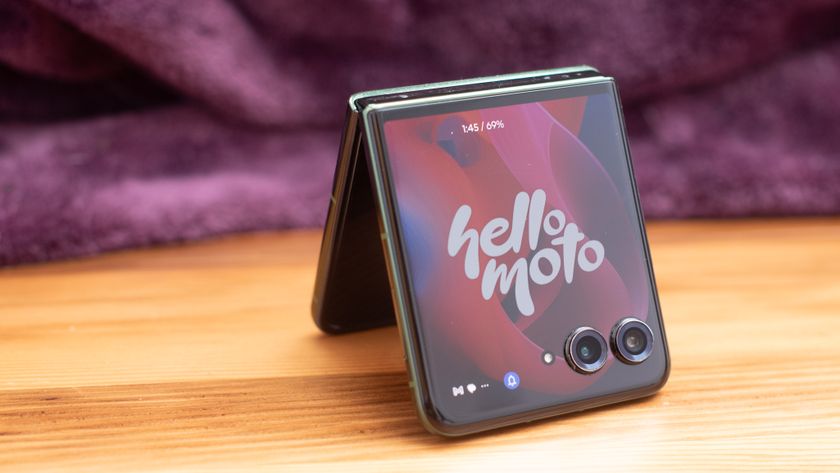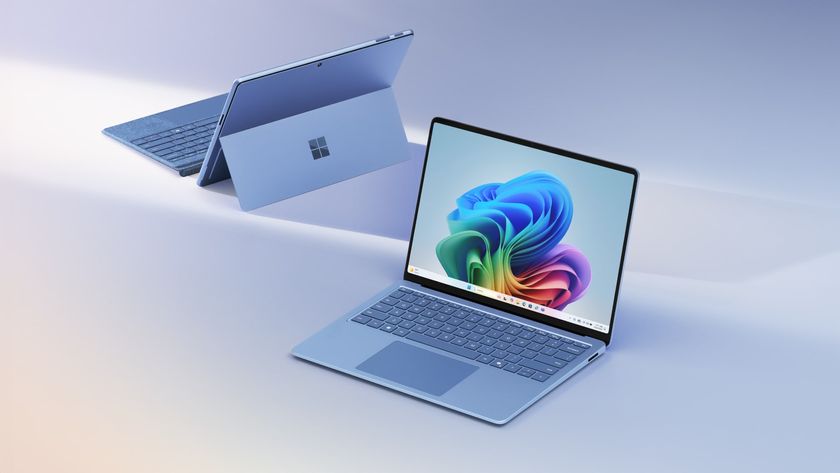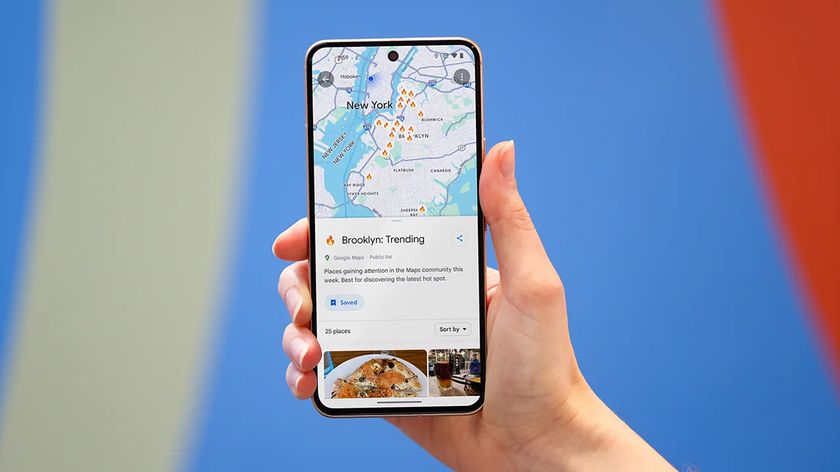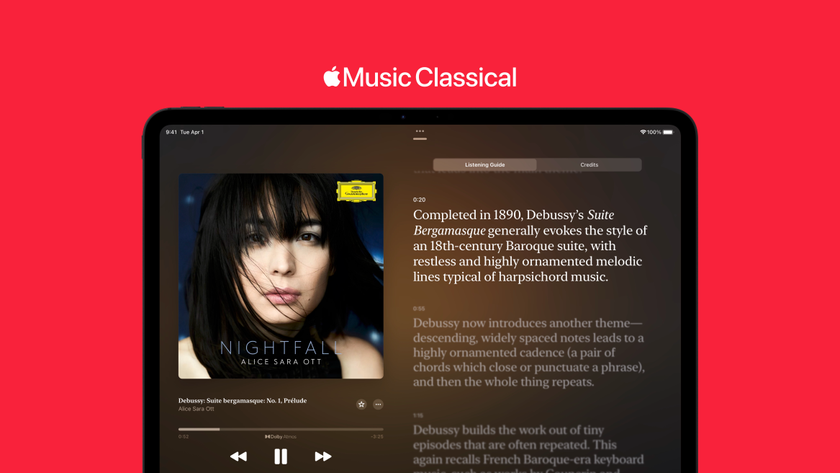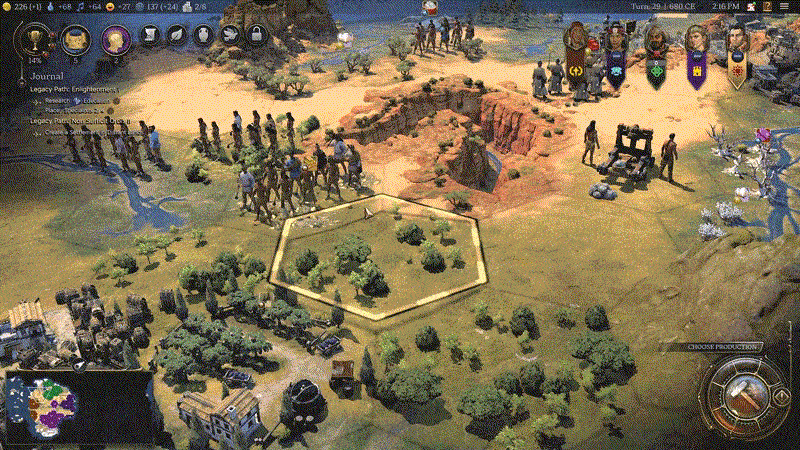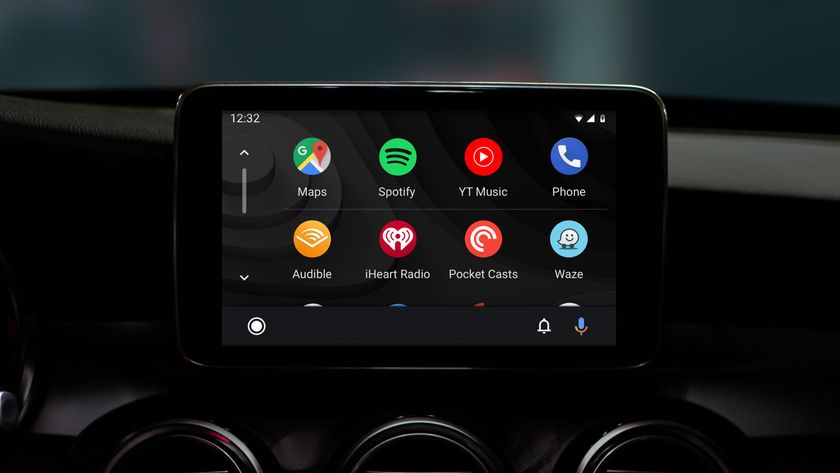Google brings Moto X4 to the Project Fi family
Finally, a cheaper alternative
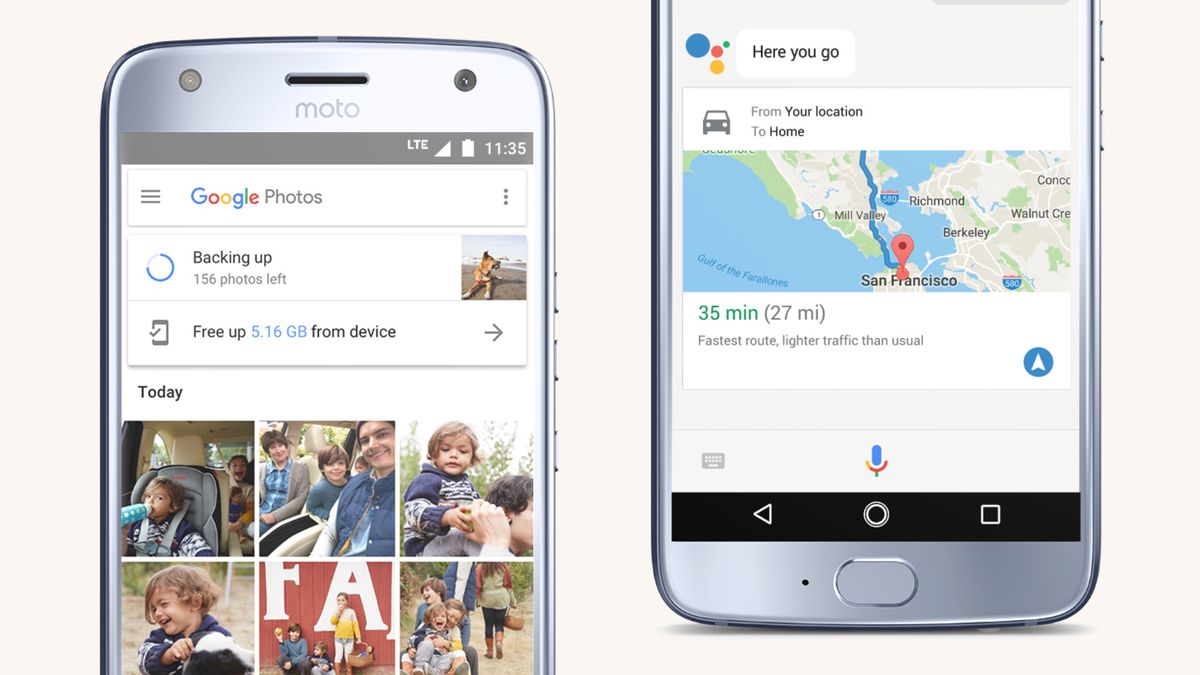
Google has announced that the Moto X4 is joining the Project Fi family, the company’s US-only wireless carrier service.
This move marks the first time that Google has reached out to its Android partners to source a device for its carrier. And it comes after a lot of chatter on Project Fi’s subreddit, where many customers are left with frustratingly few choices after their Google Nexus 5X and Google Nexus 6P phones stop working – a frighteningly frequent occurrence.
Now, the Moto X4 is now available for pre-order and comes in at the low-ish end in terms of pricing: $399. For those who are accustomed to paying Nexus and Pixel-like pricing, this is a breath of fresh air.
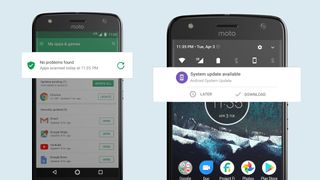
All about this special X4
As you might have seen, the 5.2-inch Moto X4 debuted at IFA 2017, but this particular model is a bit different. First off, it’s the US-debut of Android One, Google’s initiative to bring a high-quality, pure Android experience to those who don’t have upwards of $1,000 to spend on a phone.
The operating system, like that of the regular X4, is Android Nougat. But the Android One version of the phone is running stock Android just like all of Google’s own phones. As such, it will be updated to Android Oreo promptly (promised by the end of the year) and Android P, which will launch in 2018.
Other than that, the Moto X4 coming to Project Fi features the same dual-lens rear camera and super slick design as the one set to go on sale later this year.
To sweeten the deal, Google is offering a trade-in deal for those who have previously invested in a Nexus phone. Google will give you up to $165 toward the Moto X4 and if you do it before October 5, it will toss in a $50 Fi credit to your account.
Get daily insight, inspiration and deals in your inbox
Sign up for breaking news, reviews, opinion, top tech deals, and more.
Cameron is a writer at The Verge, focused on reviews, deals coverage, and news. He wrote for magazines and websites such as The Verge, TechRadar, Practical Photoshop, Polygon, Eater and Al Bawaba.
